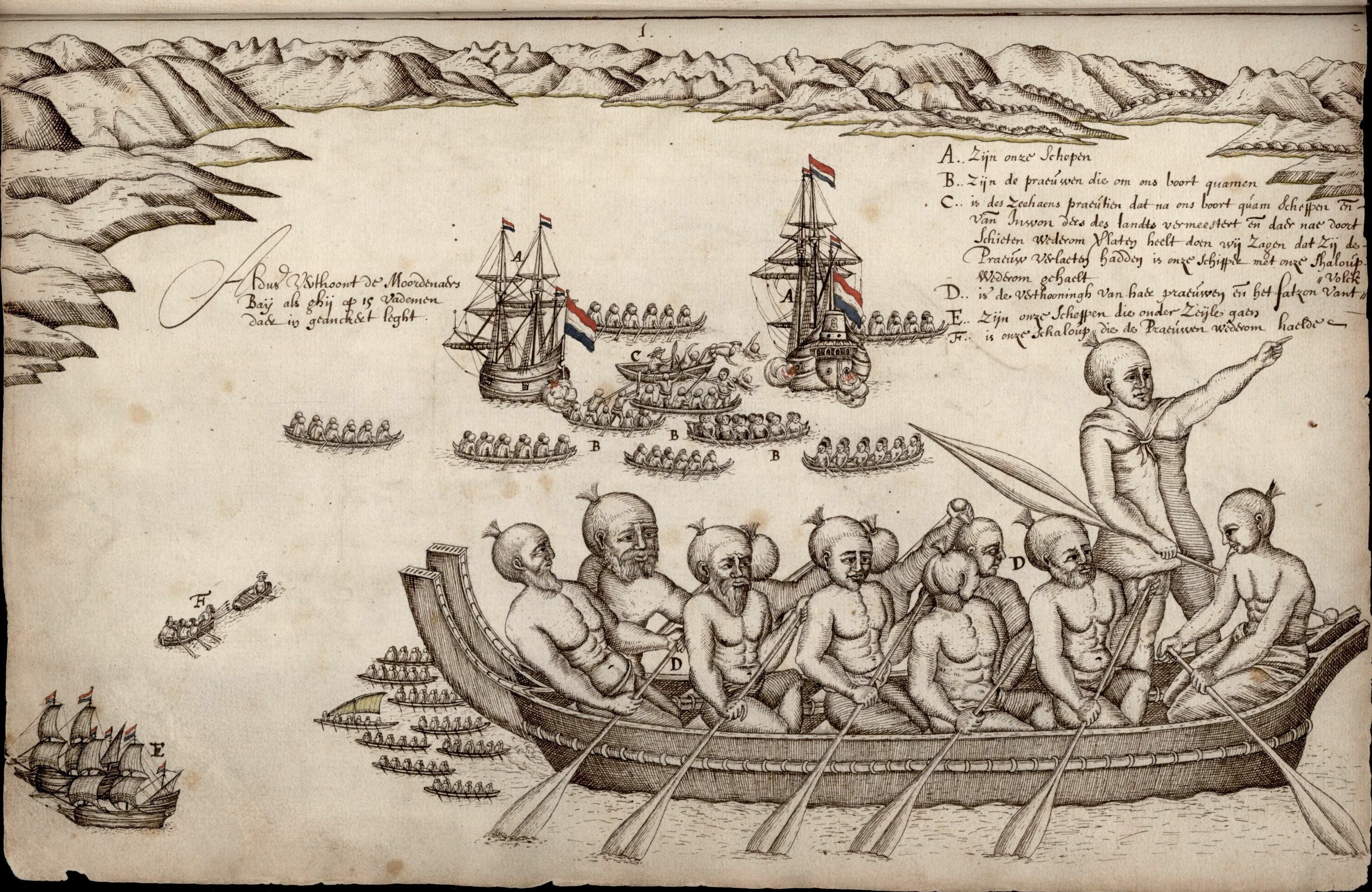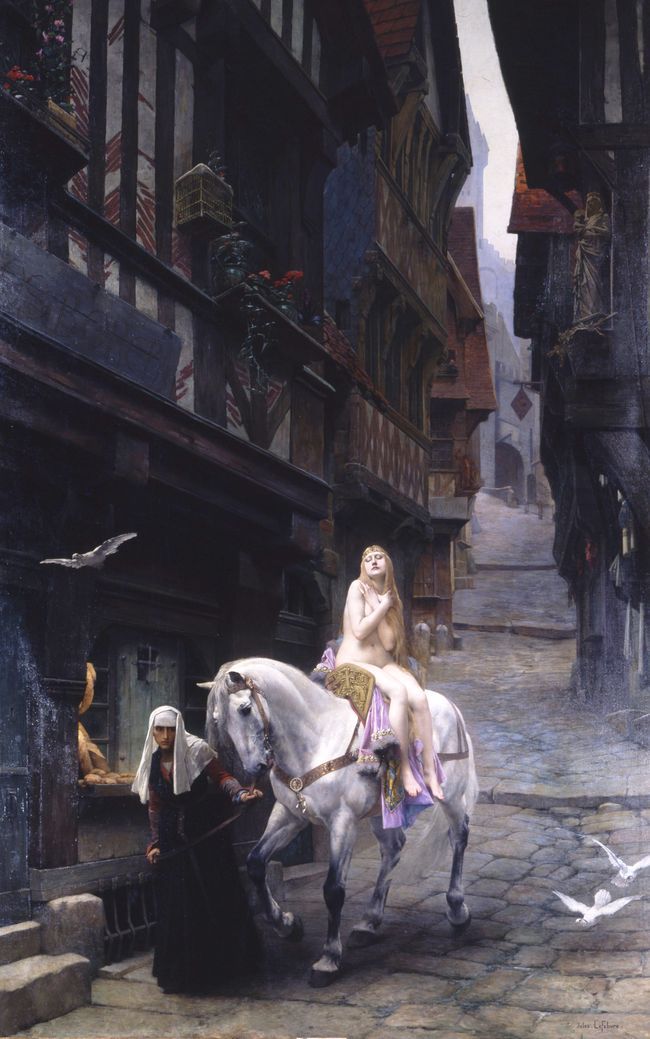|
Hinepiripiri
In Māori mythology Hinepiripiri occurs in some versions of the legend of Tāwhaki as Tāwhaki's wife and the mother of Wahieroa In Māori mythology, Wahieroa is a son of Tāwhaki, and father of Rātā. Tāwhaki was attacked and left for dead by two of his brothers-in-law, jealous that their wives preferred the handsome Tāwhaki to them. He was nursed back to health by hi ... (Reed 1963:165). Hinepiripiri nursed Tāwhaki back to health after he was attacked and left for dead by two of his brothers-in-law, jealous that their wives preferred the handsome Tāwhaki to them. Hinepiripiri helped him back to their house, and brought home a long piece of timber for the fire, to keep him warm. Shortly afterwards, a son was born to them, and named Wahieroa. The name, meaning 'long piece of firewood', was chosen to fix in their son's mind the wrong that had been done to Tāwhaki, in order that one day Wahieroa might avenge him (Reed 1963:165). References *A.W. Reed, ''Treasury of Maori Fo ... [...More Info...] [...Related Items...] OR: [Wikipedia] [Google] [Baidu] |
Māori Mythology
Māori mythology and Māori traditions are two major categories into which the remote oral history of New Zealand's Māori may be divided. Māori myths concern fantastic tales relating to the origins of what was the observable world for the pre-European Māori, often involving gods and demigods. Māori tradition concerns more folkloric legends often involving historical or semi-historical forebears. Both categories merge in to explain the overall origin of the Māori and their connections to the world which they lived in. Māori had yet to invent a writing system before European contact, beginning in 1769, so they had no method to permanently record their histories, traditions, or mythologies. They relied on oral retellings memorised from generation to generation. The three forms of expression prominent in Māori and Polynesian oral literature are genealogical recital, poetry, and narrative prose. Experts in these subjects were broadly known as . The rituals, beliefs, and ... [...More Info...] [...Related Items...] OR: [Wikipedia] [Google] [Baidu] |
Tāwhaki
In Māori mythology Māori mythology and Māori traditions are two major categories into which the remote oral history of New Zealand's Māori may be divided. Māori myths concern fantastic tales relating to the origins of what was the observable world for the p ..., Tāwhaki is a semi-supernatural being associated with lightning and thunder. Genealogy The genealogy of Tāwhaki varies somewhat in different accounts. In general, Tāwhaki is a grandson of Whaitiri, a cannibalistic goddess who marries the mortal Kaitangata (mythology), Kaitangata (man-eater), thinking that he shares her taste for human flesh. Disappointed at finding that this is not so, she leaves him after their sons Hemā (mythology), Hemā and Punga (mythology), Punga are born and returns to heaven. Hemā is the father of Tāwhaki and Karihi. Tāwhaki grows up to be handsome, the envy of his cousins, who beat him up and leave him for dead. He is nursed back to health by his wife, who feeds the fire that warms ... [...More Info...] [...Related Items...] OR: [Wikipedia] [Google] [Baidu] |
Wahieroa
In Māori mythology, Wahieroa is a son of Tāwhaki, and father of Rātā. Tāwhaki was attacked and left for dead by two of his brothers-in-law, jealous that their wives preferred the handsome Tāwhaki to them. He was nursed back to health by his wife Hinepiripiri. She helped him back to their house, and brought home a long piece of timber for the fire, to keep him warm. Shortly afterwards, a son was born to them, and named Wahieroa. The name, meaning 'long piece of firewood', was chosen to fix in their son's mind the wrong that had been done to Tāwhaki, in order that one day Wahieroa might avenge him. In another version, Tāwhaki told his people to collect firewood, and went himself to gather some. The others were lazy, and brought back little wood, but Tāwhaki returned with a long piece of timber on his shoulder. When he saw what the others had brought, he threw it down, and the noise startled them. Tāwhaki told his wife to call their child Wahieroa when it was born, to rem ... [...More Info...] [...Related Items...] OR: [Wikipedia] [Google] [Baidu] |
Legend
A legend is a genre of folklore that consists of a narrative featuring human actions, believed or perceived, both by teller and listeners, to have taken place in human history. Narratives in this genre may demonstrate human values, and possess certain qualities that give the tale verisimilitude. Legend, for its active and passive participants may include miracles. Legends may be transformed over time to keep them fresh and vital. Many legends operate within the realm of uncertainty, never being entirely believed by the participants, but also never being resolutely doubted. Legends are sometimes distinguished from myth Myth is a folklore genre consisting of Narrative, narratives that play a fundamental role in a society, such as foundational tales or Origin myth, origin myths. Since "myth" is widely used to imply that a story is not Objectivity (philosophy), ...s in that they concern human beings as the main characters rather than gods, and sometimes in that they have s ... [...More Info...] [...Related Items...] OR: [Wikipedia] [Google] [Baidu] |

